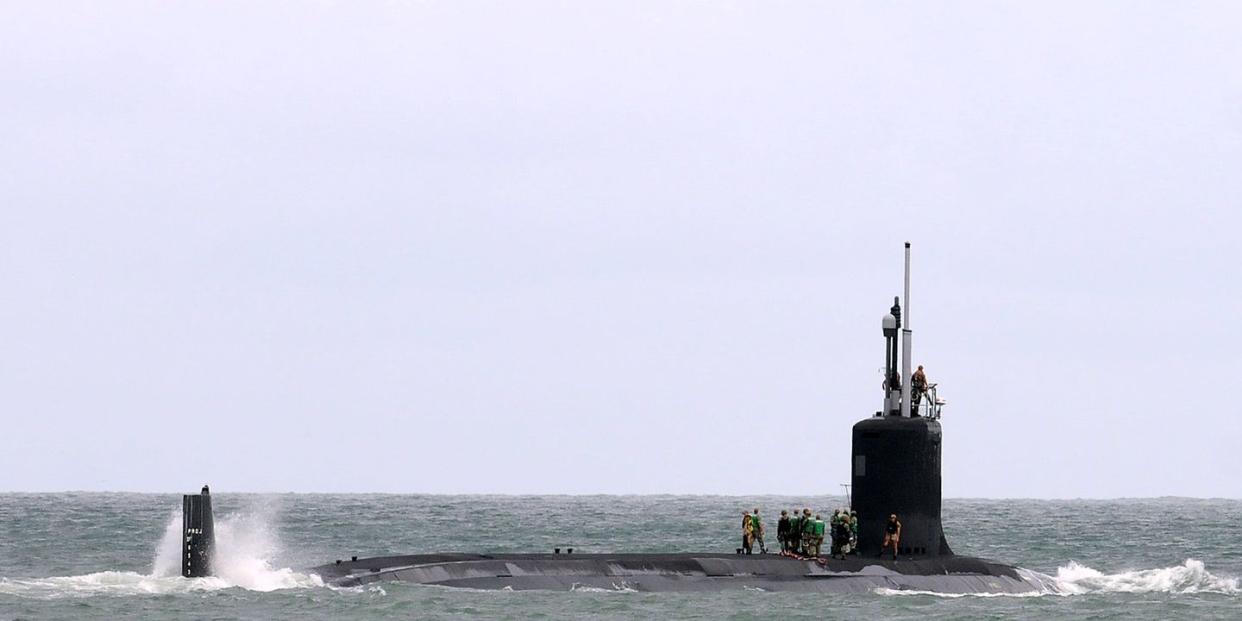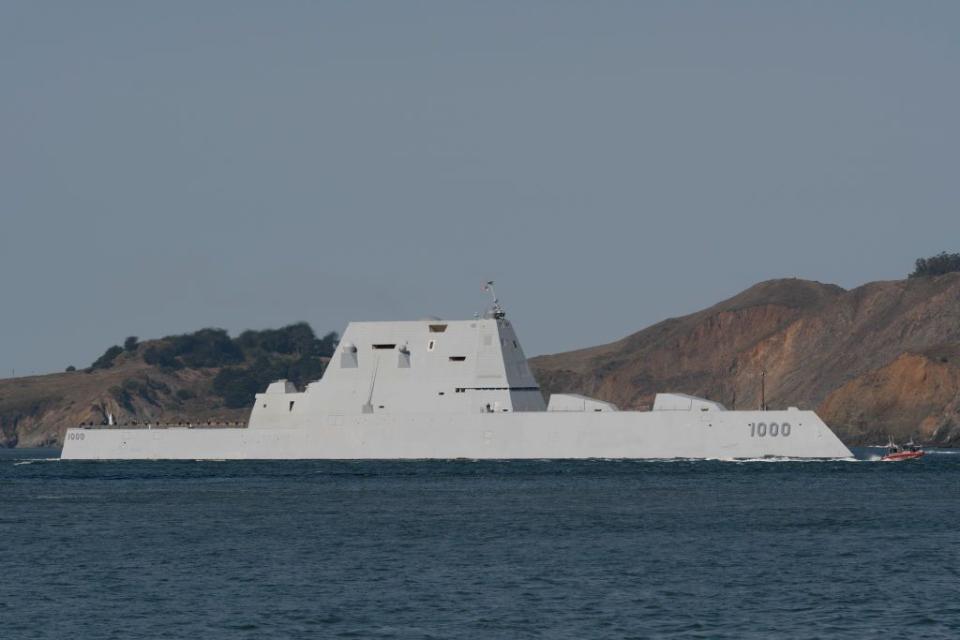One of the Pentagon’s First Hypersonic Weapons Will Ride on Submarines

The U.S Navy plans to put one of its first hypersonic weapons to sea in eight years, aboard submarines.
Hypersonic weapons travel at speeds in excess of 3,800 miles an hour.
Hypersonics will be used to strike fleeting, time sensitive targets or kick down the enemy's door in a conventional conflict.
The U.S. Navy plans to put its first hypersonic weapons to sea in eight years, stowing them aboard nuclear attack submarines. The Conventional Prompt Strike weapons will be embarked aboard new Virginia-class submarines, giving the Navy a Mach 5+ weapon invulnerable to modern air defenses. The weapon could be used against fleeting targets, such as terrorist meetings, or an enemy headquarters.
The U.S. Navy tested the Global Strike weapon in October 2017. Since then, the Navy has decided to fit the weapon in the new Virginia Payload Modules being added to new Virginia-class attack submarines starting in 2019. Each 84 foot long VPM is designed to carry up to 28 Tomahawk cruise missiles, though they are also meant to carry other payloads as well. One of those new payloads is Global Strike.
According to USNI News, Global Strike consists of a “a Common Hypersonic Glide Body (C-HGB) and a 34.5 inch two-stage booster.” This more or less confirms that Global Strike is a boost glide hypersonic weapon. Boost glide hypersonic weapons take off like ballistic missiles but remain in the atmosphere, leveling off and then gliding to their targets at speeds in excess of Mach 5. The unique flight profile of boost glide weapons makes them unstoppable by modern air defenses.
Global Strike’s extreme speed could take warfare to a whole new level, with a submarine on one side of the world capable of striking a target anywhere on Earth in an hour less. If the U.S. government had credible information that a wanted terrorist was going to be at a certain location at a certain time with little advance notice, Global Strike could hit a target before anything else. Global Strike would also be useful in a major conflict with an adversary, targeting enemy headquarters, radar sites, and missile batteries, weakening the enemy’s defenses and paving the way for strikes by manned aircraft.

It’s unclear exactly how fast Global Strike can actually go, but it’s fast enough for the Navy to claim it can hit any target on Earth in less than an hour. That’s likely in the Mach 10 to Mach 20 range, or 7,600 to 15,200 miles an hour.
The Navy is building 10 Virginia-class submarines with the Virginia Payload Module, thus ensuring at least 10 platforms capable of carrying Global Strike. The service might also install the weapons on the Zumwalt-class destroyers. The destroyers, originally built to bombard targets on land, recently switched missions to the anti-surface role, which includes attacking ships at sea and targets on land.
Source: USNI News
You Might Also Like
